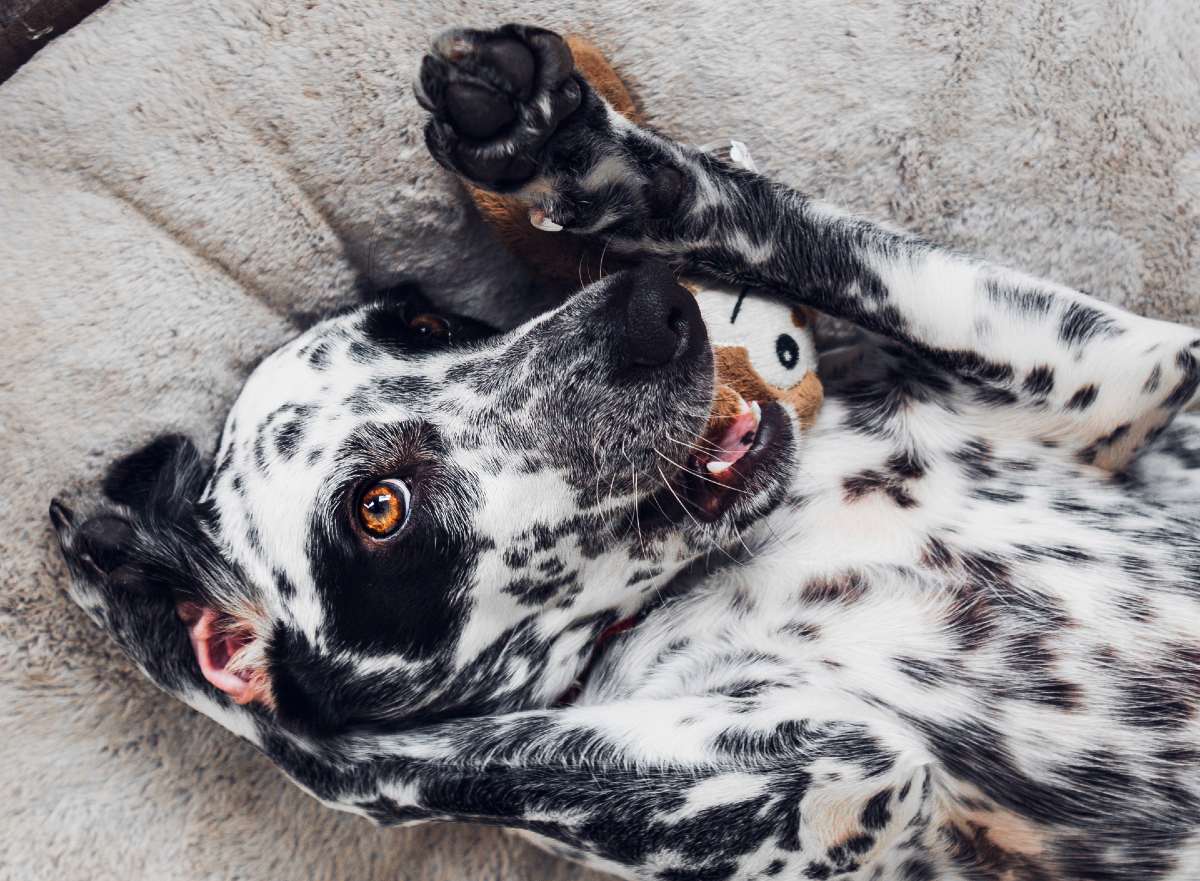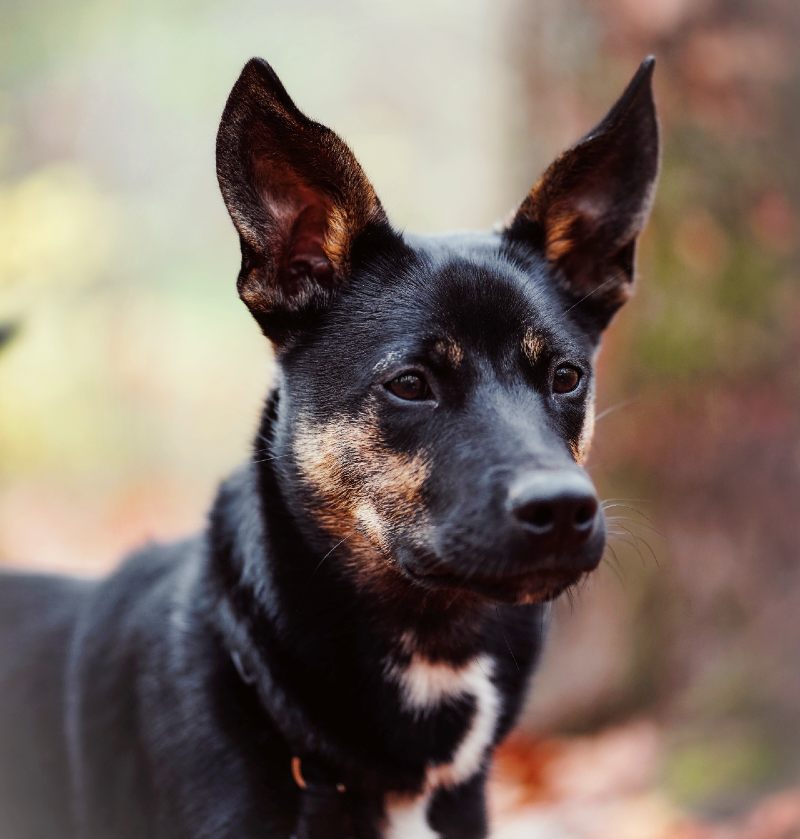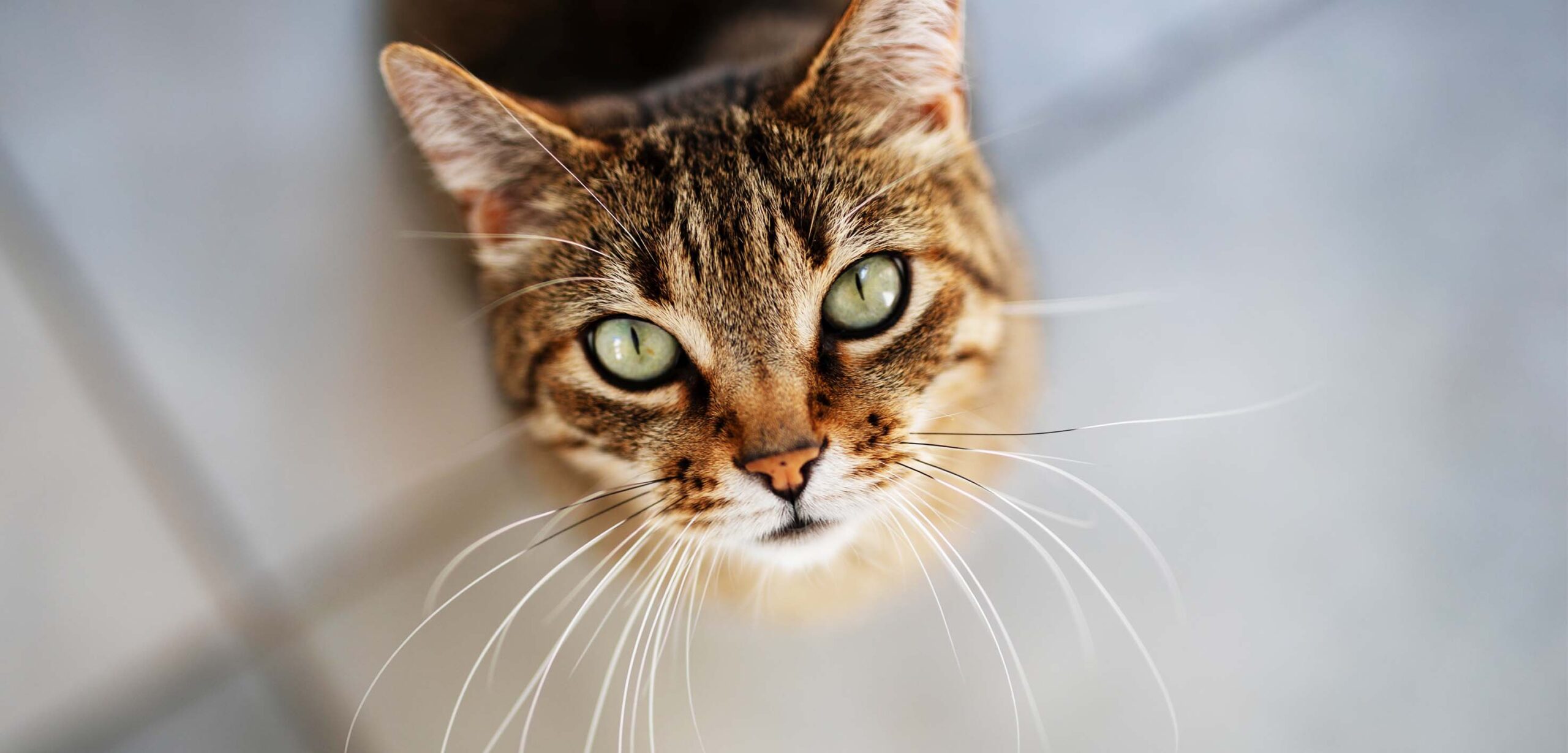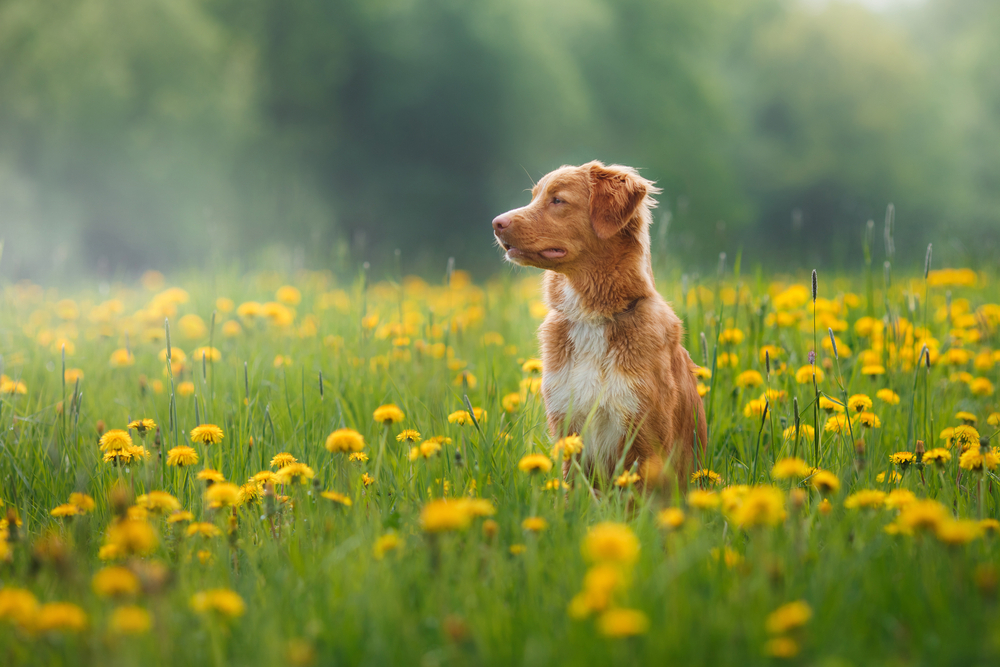We’ve all heard the buzz about omegas–in part because we’ve clamored about the benefits of omegas to every droopy and perked ear who will listen.
Omega 3 DHA and EPA are responsible for lustrous coats and the integrity of the skin. They benefit everything from the immune system to the heart. They even have a leading role in the allergy regimen.
Plus, carnivores can’t produce omega 3s on their own, so they’re a must in every bowl.

But omegas do even more than support skin & coat, help the allergy pet, AND boost health in some big ways. These essential fatty acids, one DHA, especially, are the building blocks of the brain. From development in puppies and kittens to healthy aging in silver-whiskered seniors, omegas play a leading role in brain health.
First, let’s get into the influence DHA has on the form and function of the brain.
On The Agenda
Your Pet’s Brain on DHA

EPA and DHA are among the few dietary nutrients actually found in the brain because the lipid-packed brain uses these fatty acids as a building block– literally. DHA goes towards building the structure and function of the cell membranes in the brain, and that includes memory and learning.
In recent studies, puppies were either given low or high amounts of DHA in utero, before and after weaning, and then trained to associate certain symbols with the correct direction to take in a T-shaped maze.
The puppies fed higher levels of DHA not only had more DHA in their membranes but scored much higher than the puppies raised on a low omega diet.
So, DHA is truly brain food for the growing mind making it a must-add (the sooner, the better for growing pups and kittens), but DHA’s impact on brain health isn’t limited to the tail-wagging tykes of the world.
The Benefits at All Ages

Because of DHA’s involvement as a building block to the brain and a function booster, it may also be one key component to decelerating brain aging and mood disorders like depression in dogs.
Since DHA and its counterpart EPA travel through the cell membrane to interact with mood-related molecules inside the brain, researchers are exploring its ability to relieve symptoms.
Your Pet’s Potential
These Omega 3s affect brain biochemistry– thought processes, physiology (the structure of your pup’s brain), and functioning– everything from spatial and episodic memory, abstract capabilities, and problem-solving.
Your jail-breaker? Ultimate problem-solving skills. A skilled retriever? The learning process relies on memory.
And there is still so much more to explore! We’re just digging into animals’ potential– their emotional and social intelligence– with jobs as therapy dogs and cats, and their IQ– dogs like Chaser the bonafide linguist, detection dogs, service dogs… the list goes on.
We may just be scratching the surface with DHA and the roles it plays too, but we do know that adding Omegas like EPA and DHA to the dish benefits your four-legger’s brain health no matter the age.

Curating the Bowl As Needs Change
Adding an Omega 3 with EPA & DHA to the bowl will nourish your four-legger’s brain, but fatty acids are one piece of the brain puzzle.
You may think of aging as a few more flecks of grey in their muzzle, slowing down on walks, a few more cat naps, but their brain ages too. With it can come cognitive decline– confusion, disorientation, even anxiety because of changing hormone levels.
So, we want to be proactive– to nourish the brain with nutraceuticals – brain food shown to protect and support cognitive function.

Starting the last third of life, you’ll want to pair DHA with nutraceuticals like ginkgo Biloba, ALA, and L-carnitine. For those extra-large breeds like Great Danes, that may be around 5 or 6 years old, whereas cats and teacup breeds of the world may be in their teens since they tend to have a longer lifespan.
How to Nourish the Brain Beyond DHA
From puppy and kittenhood to senior, there are two big things you can do to nourish their brains. The first is what you put in the bowl.
The second is getting your four-legger out into the world and exercising that brain.
Socialization & Continued Education

New places, faces, dogs, things– like babies, puppies and kittens thrive when introduced to complex environments and exposed to concepts early. This small window of opportunity is called early socialization. A period of time where puppies and kittens are most open to learning about their environment, their littermates, and mother, as well as newcomers.
Deep breath for 99.8% of us who don’t have a wee pup or kitten in the homestead.
Whether you hit this window or not, exposing your pet to new experiences develops their confidence and stimulates their brain.
Exercising the brain offers invaluable enrichment for a four-legger’s mental and emotional health, so it should be done consistently no matter their age.
Give them a snuffle mat, switch to a puzzle toy, play hide n’ seek. Variety in play is crucial to stimulating their brain and developing mental acuity.
Doing this alongside nutraceuticals like DHA and other brain foods will get those gears grinding and enrich their minds.
Your job should also be to give them choices– which toy do they want today. How do they want to play– a game of frisbee or tug with you. Let them make the move, which may also be saying no to pets or training that day. Simply by listening to their wants and needs, you build their confidence and your relationship.
Being Their Best In Body And Mind

The sooner you start, the better. It’s as simple as adding that daily helping of DHA to the bowl every day, continued education to flex that muscle, and eventually, those targeted nutraceuticals too.
You may not necessarily see the benefits of being proactive like you would a lustrous coat, but caring for a dog is so much more than skin and coat support or tossing the ball. When you nourish the brain, you’re helping them to be their best in both body and mind, so it has to be a priority when you’re deciding what to put in the bowl.
If you do need more guidance or recommendations about how to curate your four-legger’s bowl, especially as they age, we’ve got you covered, too.
Share this Post

Dr. Chris Besent
Chris Bessent, DVM, MSOM, Dipl. OM, L.Ac. has over thirty years of experience in veterinary medicine including certificates in veterinary acupuncture, veterinary chiropractic and veterinary Chinese herbology. Imbued with Eastern philosophy and the knowledge that food is the foundation of health, Dr. Bessent also received her degree in veterinary nutrition and began to formulate recipes fit for a carnivore from nothing but whole foods. Currently, she divides her time between the Simple Food Project and Herbsmith, both of which are owned and operated out of her facilities in southeastern Wisconsin.

Kayla Behling
Kayla is the Content Editor for Herbsmith. She has a cat named Professor Cat-Faced Meowmers, who goes by Kitty, and a goof of a dog, named Duck. She stays busy biking trails, playing board games, and searching for the next best craft beer.





2 Responses
What Herbmith product contains Omega 3 with EPA & DHA? Couldn’t find one on the site. I’m very interested, and probably overlooked something. Please feel free to list dome possibilities!
Thank you in advance!
Lauren Boucher
Hello Lauren! Yes, our Pure Krill has the Omega 3 EPA and DHA! Pure Krill is rich in those Omega-3 fatty acids, phospholipids, choline, & a specific antioxidant called astaxanthin. These powerful antioxidants fight free radicals & oxidative damage. Please follow the link below for more information. 🙂
https://www.herbsmithinc.com/product/pure-krill/
Comments are closed.